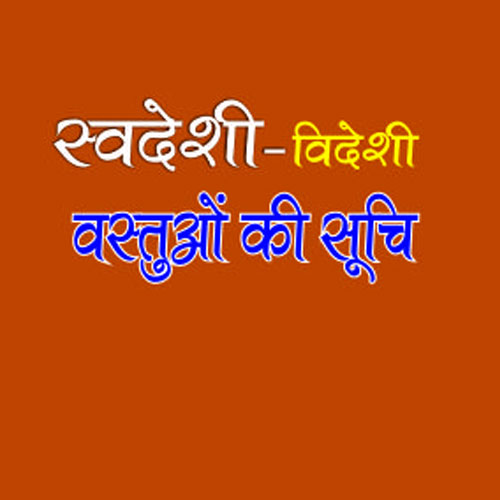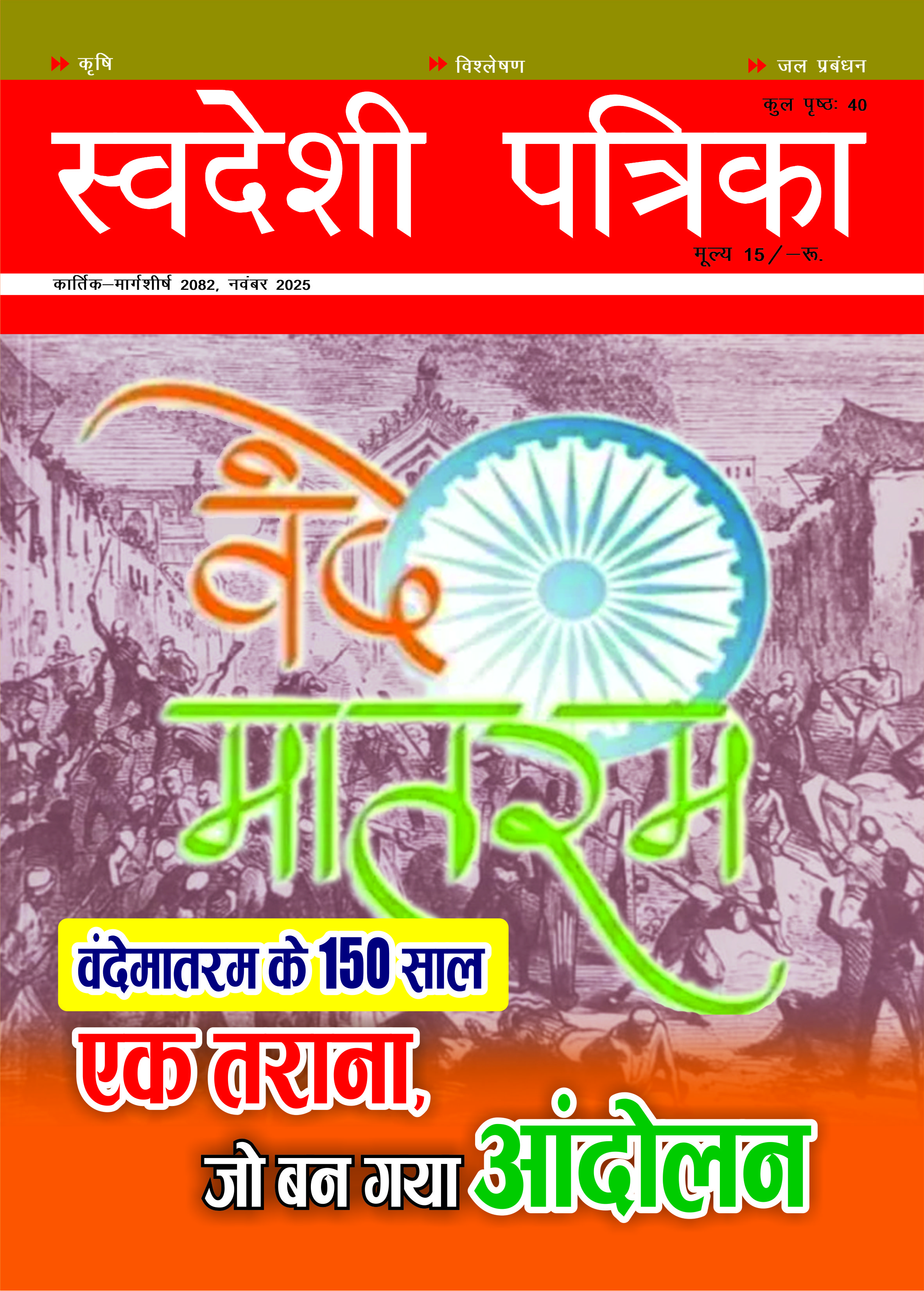
L&T, BEL consortia set to get Rs 40,000-crore project
The NDA government is poised to award its first 'make' contract, in which the Ministry of Defence (MoD) will fund two Indian consortia in developing a Rs 40,000-50-000 crore 'battlefield management system' (BMS). This digital wireless network will interlink soldiers and battlefield sensors through voice and data channels, providing a common battle picture to each jawan.
Media reports suggest that the MoD has selected two consortia from the dozen companies invited to bid in November 2013. One is a consortium between Larsen & Toubro (L&T) and Tata Power, and the other between Rolta and Bharat Electronics Ltd (BEL). These winners - termed development agencies - could be announced any day.
Under the 'make' category of the Defence Procurement Policy of 2013 (DPP-2013), both consortia will develop separate prototype BMS systems, with the MoD reimbursing 80 per cent of the expenditure. A special MoD 'integrated project management team' (IPMT) will select the better prototype, and both consortia will then bid for the contract to mass-produce the BMS for the military.
While development agencies are chosen on the basis of their technology and indigenisation plans, the contract to mass-produce the BMS will be awarded to the lower bidder.
The 'make' category procedure mandates an Indian company must lead a project, though it could have foreign partners. At least 30 per cent of the system that is built must be indigenous.
The development and procurement of BMS networks is estimated to cost Rs 40,000-50,000 crore for the entire army. This includes developing the software and building hardware to interlink 500-900 soldiers in each of the army's roughly 500 combat units. Four types of custom-designed networks will cater to the army's armoured, mechanised, infantry and special forces combat groups.
While the BMS interlinks frontline soldiers, another mobile digital backbone network called the tactical communications system (TCS) connects them with commanders and support weapons in the rear, allowing the secure passage of reports, photos, data and verbal and written communication.
Two consortia are developing the TCS in India's first-ever 'make' project. BEL leads one, while the other comprises Tata Power, L&T and HCL.
Senior MoD officials, including Defence Minister Manohar Parrikar, believe 'make' category procurements will drive indigenous design and development. "I intend to simplify the 'make' procedure," Parrikar had told the media earlier. To bring in micro, small and medium enterprises (MSMEs), the MoD is ready to reimburse up to 100 per cent of a company's development expenditure, provided 20 per cent of the work is outsourced to MSMEs.
"Whatever percentage of work you do with MSMEs, we can increase your MoD subsidy by that percentage," Parrikar said.
The software-intensive BMS treats each soldier and weapons platform (tank, helicopter, jeep) as a separate digital entity, monitoring its location and combat readiness. The BMS also pools inputs from battlefield sensors such as surveillance radars, seismic sensors, long-range optical sensors and thermal imaging devices.
The BMS will plug into other components of the futuristic high-tech army.
These include a command information and decision support system, which allows commanders to control the battle; a battlefield surveillance system that oversees the battlespace; an artillery combat command and control system that optimises artillery firepower; and an air defence control & reporting system, which monitors and controls airspace.


